Featuring about 50 works by 20 artists connected to Saco, Biddeford and Old Orchard Beach, the 2012 “Mill-ennial” is the Saco Museum’s second biennial of local contemporary art. Works by six of the artists are displayed across the river in Engine’s space on Main Street in Biddeford.
The works for the “Mill-ennial” were selected by a jury of three: Ron Crusan, director of the Ogunquit Museum of American Art; Berri Kramer, president of the Heartwood School of Art in Kennebunk; and Andy Verzosa, owner of Aucocisco Galleries in Portland.
The selection process for juried exhibitions can vary. Sometimes, themes are presented to the jurors just as they are presented in the call for artists. Other times, jurors pursue a theme that bubbles up from the body of submitted works.
One of the simplest recipes is to select based on making the most handsome installation possible. This is what the jurors did for this year’s “Mill-ennial,” and they say so with abrupt clarity in their statement for the show’s catalog.
Consequently, I have never seen the Saco Museum look as good as it does. In fairness, however, much of that has to do with their removing the glass from and upgrading the lights in the four large vitrines in the hallway spilling into the main gallery.
Cheryl Lichwell’s large clay figurative sculptures now inhabit the vitrines. They are ceramic sculptures of mostly human figures with animal heads fitted out in surreal narratives. The figures are thoughtfully self-absorbed, so they seem unaware of your gaze.
A seated Minotaur with a doleful countenance, for example, seems drained rather than perplexed by his situation. He is covered with (real) locks running up his spine. It’s a bifurcated bit of wit, because it implies that the labyrinth (the original lair of the Minotaur) is now his internal prison, as well as making a personal joke for the artist about her technique: She sculpts the pieces whole, then slices them in half and hollows them out so they can be fired.
The only comparable artist to Lichwell that I know in Maine is the young and ascending Ben Lambert. His works in the show — although in the Biddeford space — are also relatively large and highly detailed clay sculptures that are part human, part animal.
Lambert, however, is wittier, stranger and more profound. This is largely because his content considers mutations from an environmental perspective. His “Mr. Squid-Bird Head” is a weird bit of kinetic metamorphosis, but his “Fish or Man” hysterically takes a highly realistic figure and builds a flounder in the style of Legal Seafood’s logo into his chest so that the fish’s tail hangs to cover him like a loincloth.
It’s a challenging mix of hilarious and uncomfortable: It combines virtuoso realism (his face is incredible) with Hellraiser body-gridding (netting), stunning technique (e.g., the boots’ jade crazing) with an unfortunate man-thong backside we used to see far too often at Old Orchard Beach.
It’s not very often that sculpture in Maine is the primary vehicle for a group show, but here it is. Donna Caron’s two ruin-like monoliths have an impressively powerful — if severe — presence in the Biddeford space. And Robin Puleio’s metal assemblages own the floor space in Saco. Nora Tryon’s 11 Family Tree elements establish a large but uncomfortable forest in the back of Engine’s space. They are too discordantly shrill for me.
Even many of the wall pieces have a sculptural presence. Pat Campbell’s gracefully symmetrical rice paper and reed wood objects rely so heavily on their shadows that it would be impossible to mistake them for 2-D works. Peter Bennett’s picture-shaped wall pieces of pressed, cut and stamped aluminum assert themselves ironically as the archaeological relics of a failed Modernist utopia.
Michele Caron’s black, white and gray enamels have an eerily similar object presence to Bennett’s, given that they fall victim to their own glassy surface — on aluminum panels — and unfortunately don’t have the compositional presence to stand up for themselves formally.
Diane Zaitlin’s cheery encaustic collage “Multiple Choice B” won a purchase award. The piece features a group of 1897 York National Bank checks, some drink tickets, several geometrical perspective diagrams, and a few strands of Asian characters floating within the salmon-orange and happy-green wax paint. While the librarian in me will never approve of re-purposing books and archival materials to make pictures, it’s hard not to like this.
Tyson Jacques won the Jurors’ Award for his large handwriting sample “portraits,” in which he blows up layers of handwriting samples in black paint on white. I have seen these paintings numerous times, but they have never looked as good as they do now.
I also particularly like Tanya Fletcher’s new pop-art self-portraits. Her graphic novel technique is so good, it’s funny. Heath Paley’s terrific, large photo of Main Street Biddeford is so clean that it immediately seems honest until you look closely at the details such as the pedestrians. And while Susan Amon’s “Salmon” does nothing for me, her “Night Herons” is a brilliant diptych rife with witty ghosts and jumbled symmetrical gestures.
About half the artists were in the previous “Mill-ennial,” yet they compare wonderfully to themselves. The jurors set out to make a handsome show that would do credit to the artists, the venues and themselves. They succeeded.
Freelance writer Daniel Kany is an art historian who lives in Cumberland. He can be contacted at:
dankany@gmail.com
Copy the Story Link
Send questions/comments to the editors.

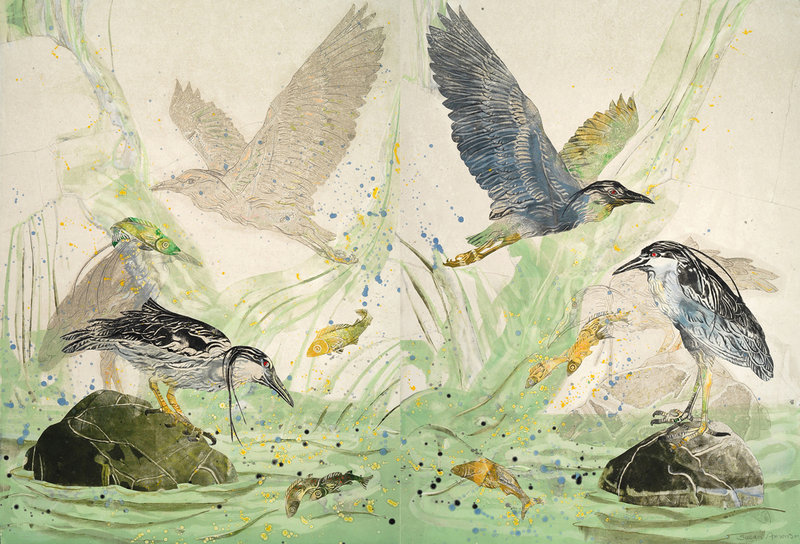
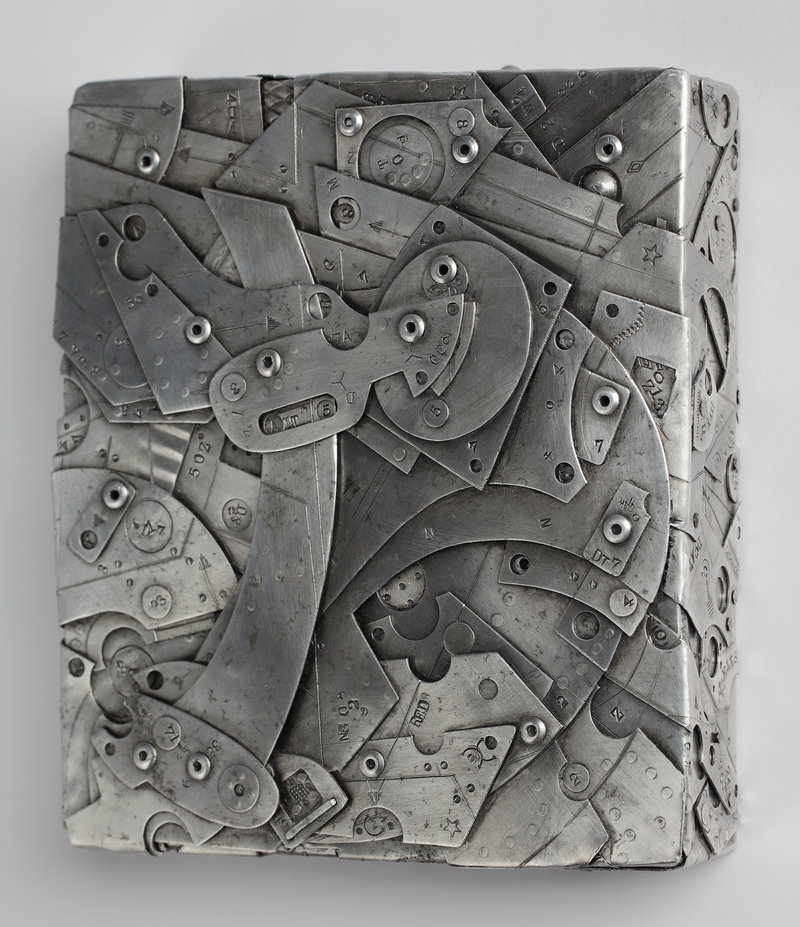
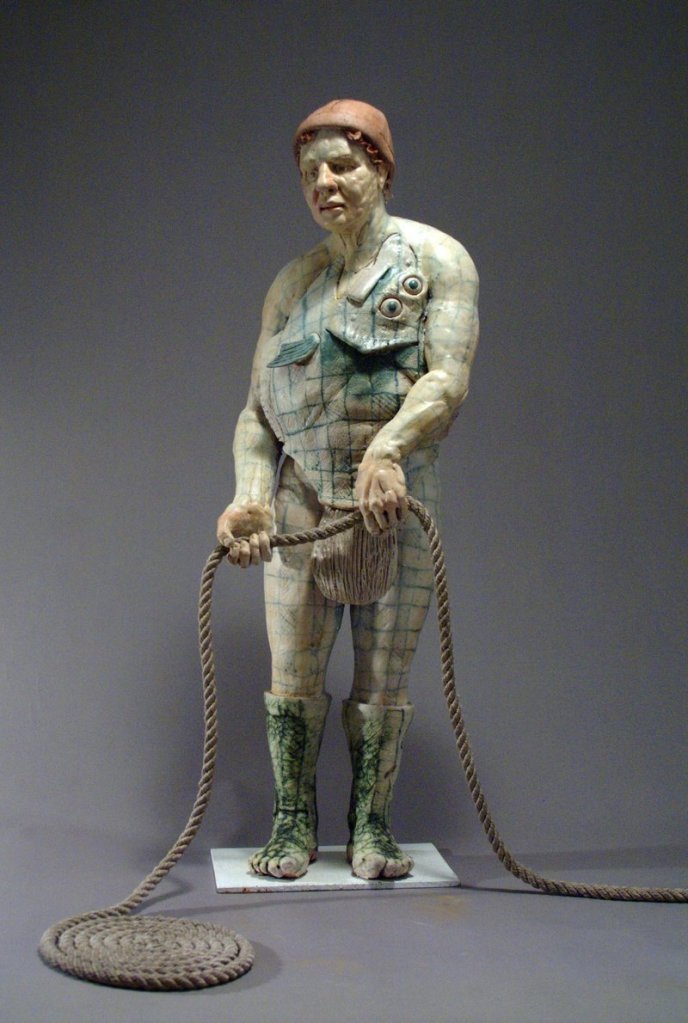
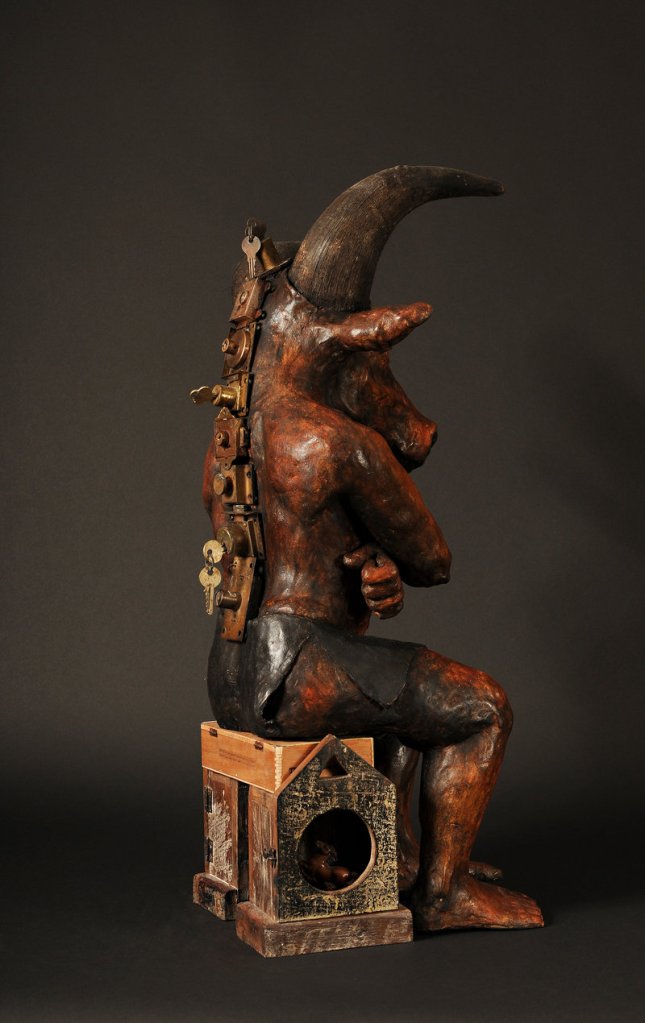
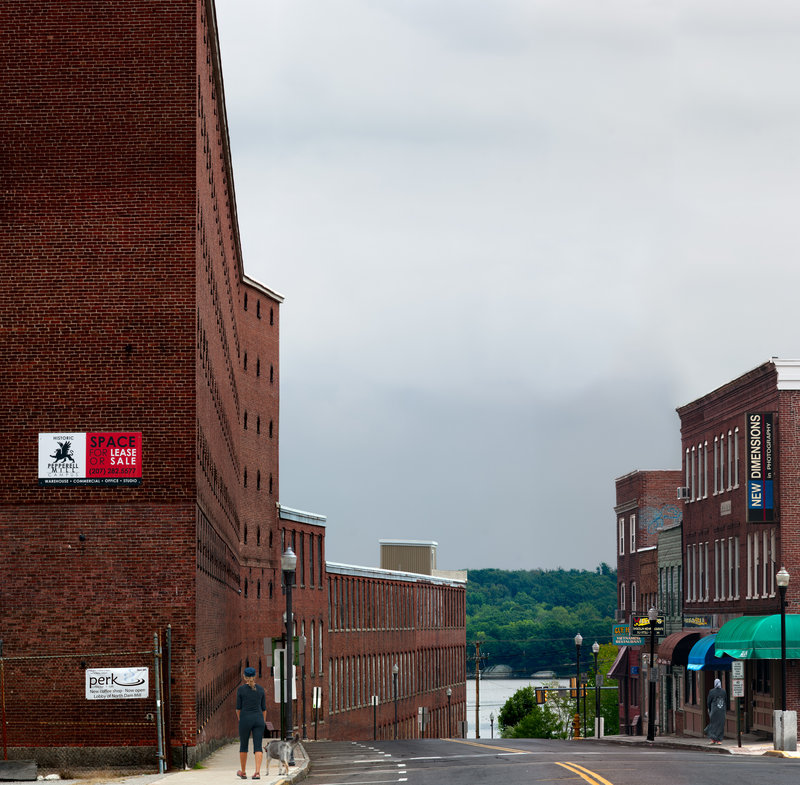
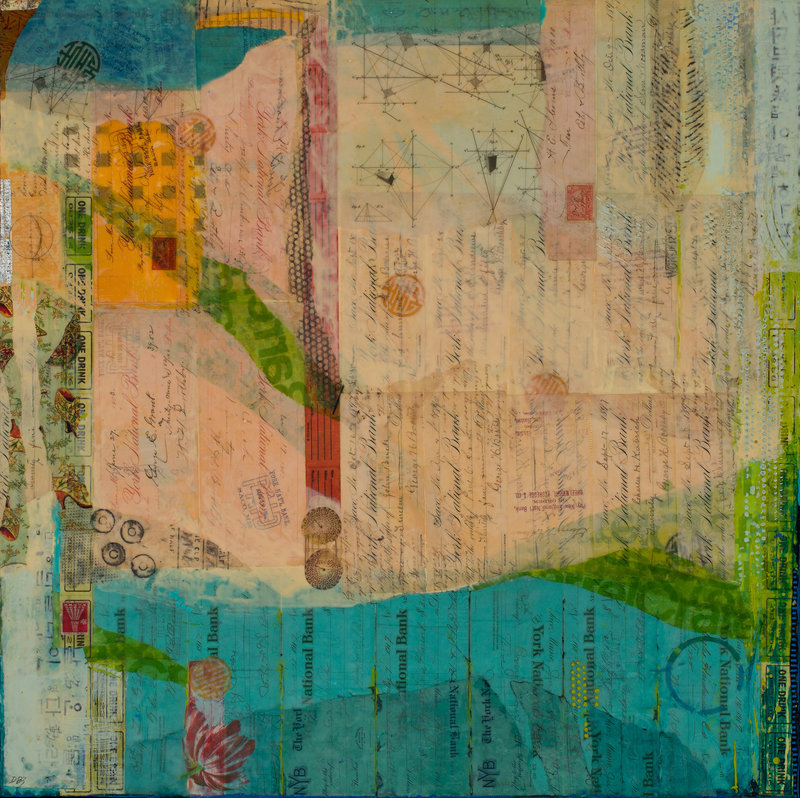

Success. Please wait for the page to reload. If the page does not reload within 5 seconds, please refresh the page.
Enter your email and password to access comments.
Hi, to comment on stories you must . This profile is in addition to your subscription and website login.
Already have a commenting profile? .
Invalid username/password.
Please check your email to confirm and complete your registration.
Only subscribers are eligible to post comments. Please subscribe or login first for digital access. Here’s why.
Use the form below to reset your password. When you've submitted your account email, we will send an email with a reset code.